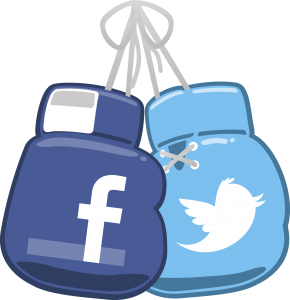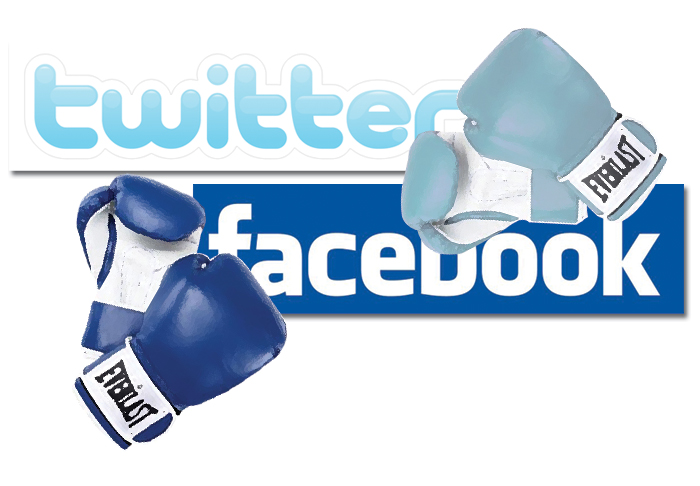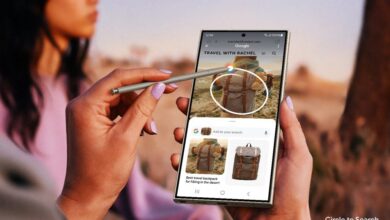Twitter vs Facebook

Social networks have become a part of our daily lives. Whether it be to update your friends and followers of about your day or just to see what’s on people’s minds. There are so many social networks to choose from lately such that some people find themselves torn between social networks. The front runners however are twitter and Facebook. People like them for their diversity and how one compensates for what the other doesn’t have. Let’s have a look at the differences between the two.
Facebook positives:
This social networking tool gives you the ability to import any blog address. Many people, started blogs years ago on services such as WordPress and Blogger. Yet trends have changed as Facebook has overtaken many of these blogging sites in terms of popularity and relevance.. The only downside of importing your blog is you may only use one address. This may require merging if you have multiple blogs.
One common misconception about Facebook is that you cannot customize it. This is not true when discussing Facebook pages as we are today. By using the application Static FBML (Facebook Markup Language), users can create brand new tabs of their own choosing with fully unique content.
Twitter positives:
This service is fantastic for the person with a simple cell phone – A phone that makes phone calls and sends text messages, not a dynamic BlackBerry or an iPhone with access to a web browser or applications. Twitter allows you to interact while on your computer or your cell phone. Yet, all of this seems a bit more complicated now that Facebook has developed a mobile version of its site. This allows users the ability to update their Facebook statuses via text message. The amount of work involved in creating a Facebook account is more involved when compared with Twitter. You can very easily send your first Tweet within 10 minutes of clicking “Sign Up.” Facebook does take time to build up friends and refine your profile to your liking.
Another important reason to maintain a Twitter account is that longtime users become attached to their social networks. They become accustomed to how a social network works and the people on that social network. They swear by that social network much the same way a person loves his or her favorite team or a favorite band.
Twitter features:
Who to follow.
The “View Suggestions” tab shows Twitter accounts that you might like to follow based on who you follow and other variables. These suggestions have been present on the site for a while, but I like the next tab, “Browse Interests,” even better for discovering new accounts to follow. Account recommendations are grouped into over 20 categories.
Twitter for business.
Looking to use Twitter for business? Twitter has its own handy Twitter for Business guide including a glossary of terms, best practices, case studies and tips on optimizing your Twitter activity.
Advertising on Twitter.
You can get started with advertising on Twitter and learn more about promoted Promoted Trends, Promoted Tweets and even Promoted Accounts. And as an advertiser, you get access to Analytics.
Searches.
Searching on Twitter gives you more than just a search of all tweets with your search term. You can also click on the “Tweets with links” tab to filter the search results down to only the ones with links. Or you can see “Tweets near you” for geographically close Twitters tweeting on your topic of interest. And did you know you can also find people on Twitter whose Twitter names include your search term under the “People” tab?

Facebook features

Facebook features
Create an interest list.
Interest lists are an optional way to organise the content you are interested in on Facebook. You can create your own interest lists based on the things you care about, or follow other people’s lists. For example, you could create a ‘Top Indie Bands’ list that features bands’ Pages and public updates from band members.
View Friendship history.
Look back at all the Facebook interactions you’ve had with a particular friend by going to their profile page, clicking in the arrow in the top right corner and selecting ‘See Friendship’ from the dropdown menu. If you’ve added a relationship to your timeline, you can go to https://www.facebook.com/us to see the friendship page for you and the person you’re in a relationship with.
Check your ‘Other’ message.
Just as Facebook highlights stories in your news feed that it thinks are of greater importance to you, it also sorts your messages. The main Messages folder contains messages from your friends and their friends. All other messages will go into an ‘Other’ folder where you can look at them separately.
This Other folder isn’t visible until you view your main Messages folder, and Facebook doesn’t send you a notification when a new message arrives in this folder. You might therefore have hundreds of unread messages that Facebook has filed in your Other inbox.
Prevent tagged posts from automatically displaying on your Timeline.
Facebook gives you the option to manually approve or dismiss tags that people add to your posts. When you turn it on, anytime someone tags a photo or post you made, that tag won’t appear until you approve it. To turn on tag review, click on the arrow at the top right of any Facebook page and select ‘Settings’ In the left-hand column. Then click Timeline and Tagging and look for the setting ‘Who can add things to my timeline?’ and click ‘Edit’ next to the option ‘Review posts friends tag you in before they appear on your timeline’ to turn this on.
Turn your profile upside down.
Now you can also choose ‘Upside Down’ as your version of English, which upends all your interface text. Just click on the arrow at the top right of any Facebook page and change ‘language’ to ‘English (Upside Down)’.





